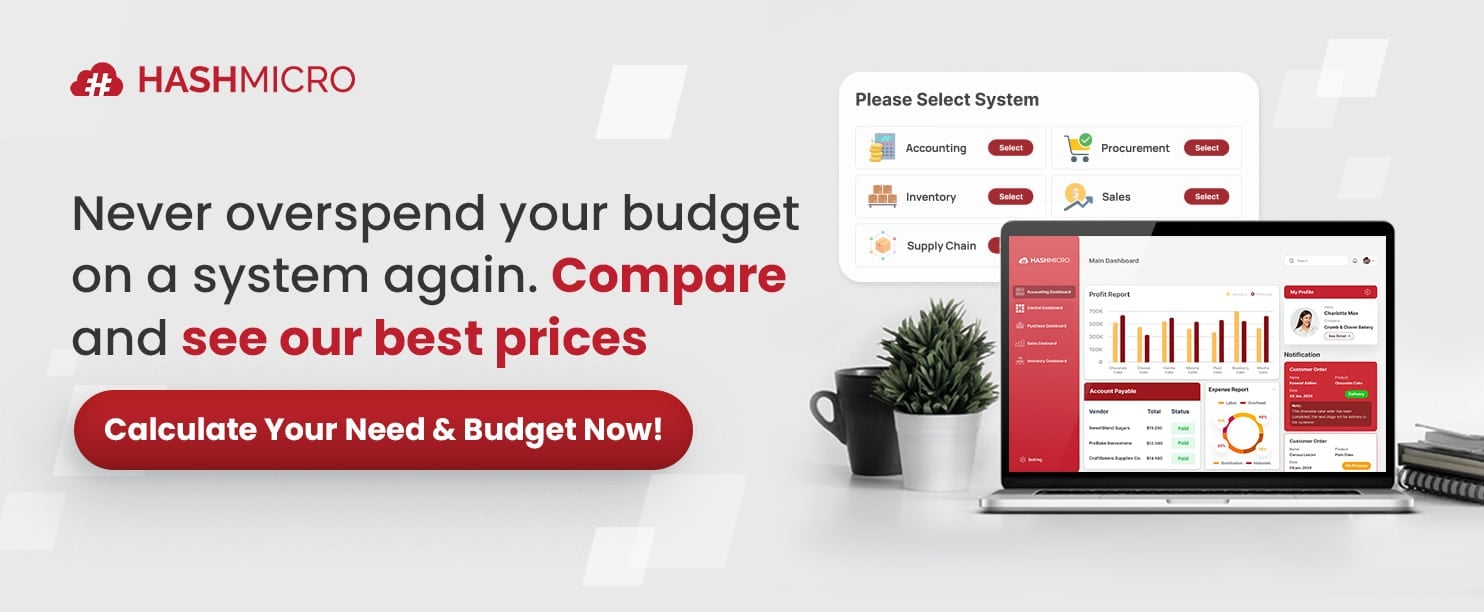Are you struggling to meet customer demands on time? What if poor lead time management costs you clients and profits? In the competitive manufacturing landscape, these questions could define your success.
Lead time meaning in business refers to the period from receiving a customer order to delivering the finished product. Understanding lead time is crucial for manufacturers to optimize operations and improve customer satisfaction, ultimately driving business growth.
This article will explore what lead time is, its components and types, its impact on manufacturing, how to calculate it, provide formulas, and offer strategies for improvement.
Table of Content
Content Lists
Key Takeaways |
What is Lead Time in Manufacturing?
Lead time in manufacturing is the total time required from the start of a process to its completion. This includes various phases: sourcing materials, production, and delivery.
Understanding lead time can help manufacturers optimize their operations. Businesses can identify inefficiencies, improve resource allocation, and enhance customer satisfaction by analyzing this time frame.
Components of Lead Time

Before diving into the main components, it’s essential to recognize that each component significantly affects the overall timeline. Here are the main components:
1. Order processing
This involves receiving and processing customer orders. Delays here can lead to longer wait times, so efficient order management is critical.
2. Material sourcing
The time taken to procure raw materials directly impacts overall timelines. Reliable suppliers and streamlined purchasing processes can reduce delays.
3. Production scheduling
Effectively scheduling production runs ensures that resources are used efficiently. Poor scheduling can lead to bottlenecks, extending overall timelines.
4. Manufacturing process
The actual production time varies based on complexity and technology. Optimizing manufacturing processes can help significantly shorten overall timeframes.
5. Quality control
Ensuring product quality takes time. However, effective quality control can prevent costly rework and delivery delays.
6. Shipping and delivery
Types of Lead Time in Manufacturing
To better understand, it’s crucial to distinguish between its different types. Each type serves a specific purpose in the manufacturing process. Let’s explore the types:
1. Customer
This is the time taken from order placement to delivery. Businesses must manage this effectively to meet customer expectations.
2. Material
The duration required to source and receive raw materials. Minimizing this time can significantly enhance overall efficiency.
3. Factory/production
This refers to the time spent on manufacturing the product. Efficient production processes can reduce this duration.
4. Cumulative
This combines all types of lead time, providing an overall perspective. Understanding this helps identify areas for improvement in the production cycle.
What Impacts Manufacturing Lead Time?

Not understanding timelines can lead to significant risks for businesses. These include increased costs, operational inefficiencies, and customer dissatisfaction. If timelines are too long, companies may struggle to fulfill orders, leading to lost revenue and reputation damage.
Additionally, failing to manage these timelines can result in excess inventory costs. Businesses may overstock materials to compensate for delays, tying up capital that could be used elsewhere. This can hinder growth and operational flexibility.
Lastly, poor management can lead to missed market opportunities. Companies may not be able to respond quickly to customer demands or changes in the market, ultimately affecting competitiveness and profitability.
How to Calculate Manufacturing Lead Time
Calculating manufacturing lead time involves a systematic approach to understanding each component’s contribution. Here are the essential steps for this calculation:
- Identify components: Break down the duration into various components, such as order processing, material sourcing, and production time.
- Gather data: Collect historical data for each component. Accurate data is crucial for effective calculation and future predictions.
- Add times together: Sum the individual times from each component to get the total duration. This gives a clear picture of the overall process timeline.
- Analyze variability: Assess any variations in each component over time. Understanding fluctuations can help improve accuracy in future calculations.
- Review and adjust: Regularly review calculations and adjust based on process changes or improvements. Continuous assessment ensures relevance.
Explore the best options for manufacturing inventory software and discover tools to boost productivity and control.
Lead Time Formula
To calculate effectively, the formula is straightforward:
Lead Time = Order Processing + Material + Production + Delivery.
Using the formula, businesses can identify specific areas for improvement, allowing for more efficient operations and better customer service.
Manufacturing Lead Time Example
To illustrate, consider a toy manufacturing company. When a customer places an order, the timeline begins with order processing, which takes 1 day.
Next, material sourcing takes 4 days, production requires 10 days, and shipping adds another 3 days. Thus, the total lead time is 18 days.
Lead Time vs. Cycle Time
Understanding the distinction between lead and cycle time is essential for manufacturing efficiency. Here’s a comparison:
| Category | Lead Time | Cycle Time |
| Definition | Total time from order to delivery | Time taken to complete one production cycle |
| Focus | Customer perspective | Internal production efficiency |
| Importance | Affects customer satisfaction | Impacts production throughput |
| Measurement | Includes waiting times | Focuses on active production time |
This comparison highlights how lead and cycle times serve different purposes in manufacturing, guiding businesses in their operational strategies.
How to Reduce Manufacturing Lead Time

Reducing manufacturing lead time is crucial for improving operational efficiency and meeting customer demands. Here are some strategies to consider, along with their importance and potential risks:
1. Streamline order processes
Improving the efficiency of order management systems is essential. By minimizing delays in order processing, you can ensure that orders are fulfilled more quickly.
However, if not implemented carefully, streamlining could lead to oversights in order accuracy, potentially resulting in customer dissatisfaction and increased returns.
2. Enhance supplier relationships
Developing strong partnerships with suppliers is vital for ensuring timely material sourcing. Reliable suppliers significantly reduce lead times, allowing for smoother production flow.
On the flip side, over-reliance on a limited number of suppliers can pose risks; if one supplier encounters issues, it could disrupt your entire manufacturing process.
3. Optimize production scheduling
Utilizing manufacturing production planning software can dramatically enhance production efficiency. By optimizing resource allocation, you can minimize downtime and ensure that production runs smoothly.
However, if the scheduling tools are not accurately configured, this may lead to resource misallocation and increased production bottlenecks.
4. Invest in technology
Implementing manufacturing software can automate many processes, which reduces the likelihood of manual errors and significantly shortens lead times.
However, there is a risk associated with technology investments, such as the potential for system failures or the need for extensive training, which can temporarily disrupt operations.
5. Continuous improvement
The risk here lies in change management; without proper training and buy-in from staff, changes can lead to confusion and resistance, negating potential benefits.
6. Enhance communication
Fostering clear communication across departments is essential for quickly addressing issues that arise. When teams communicate effectively, processes can be streamlined, reducing lead times.
However, a lack of structured communication can lead to misunderstandings, which might exacerbate delays rather than alleviate them.

Conclusion
In conclusion, understanding lead time is essential for manufacturers seeking efficiency and customer satisfaction. By analyzing its components and types, businesses can identify areas for improvement and streamline operations.
Consider using manufacturing software like HashMicro manufacturing software for effective lead time management. This tool can optimize processes, provide valuable insights, and enhance operational efficiency.
Ready to transform your manufacturing processes? Sign up for a free demo and see how it can solve your issues!
FAQ
-
What is lead time, and why is it important?
Lead time is the total time taken from the initiation of a process to its completion, such as from order placement to delivery. It’s important because it impacts customer satisfaction, inventory management, and overall operational efficiency.
-
How can I reduce lead time in my supply chain?
To reduce lead time, consider streamlining processes, improving supplier communication, implementing just-in-time inventory practices, and investing in technology for better tracking and forecasting. Continuous evaluation and adjustments are key.
-
How does lead time affect customer satisfaction?
Longer timelines can result in delays in product availability, which may frustrate customers. Reducing this duration can enhance customer satisfaction by ensuring timely delivery and a better overall experience, fostering loyalty and repeat business.
































